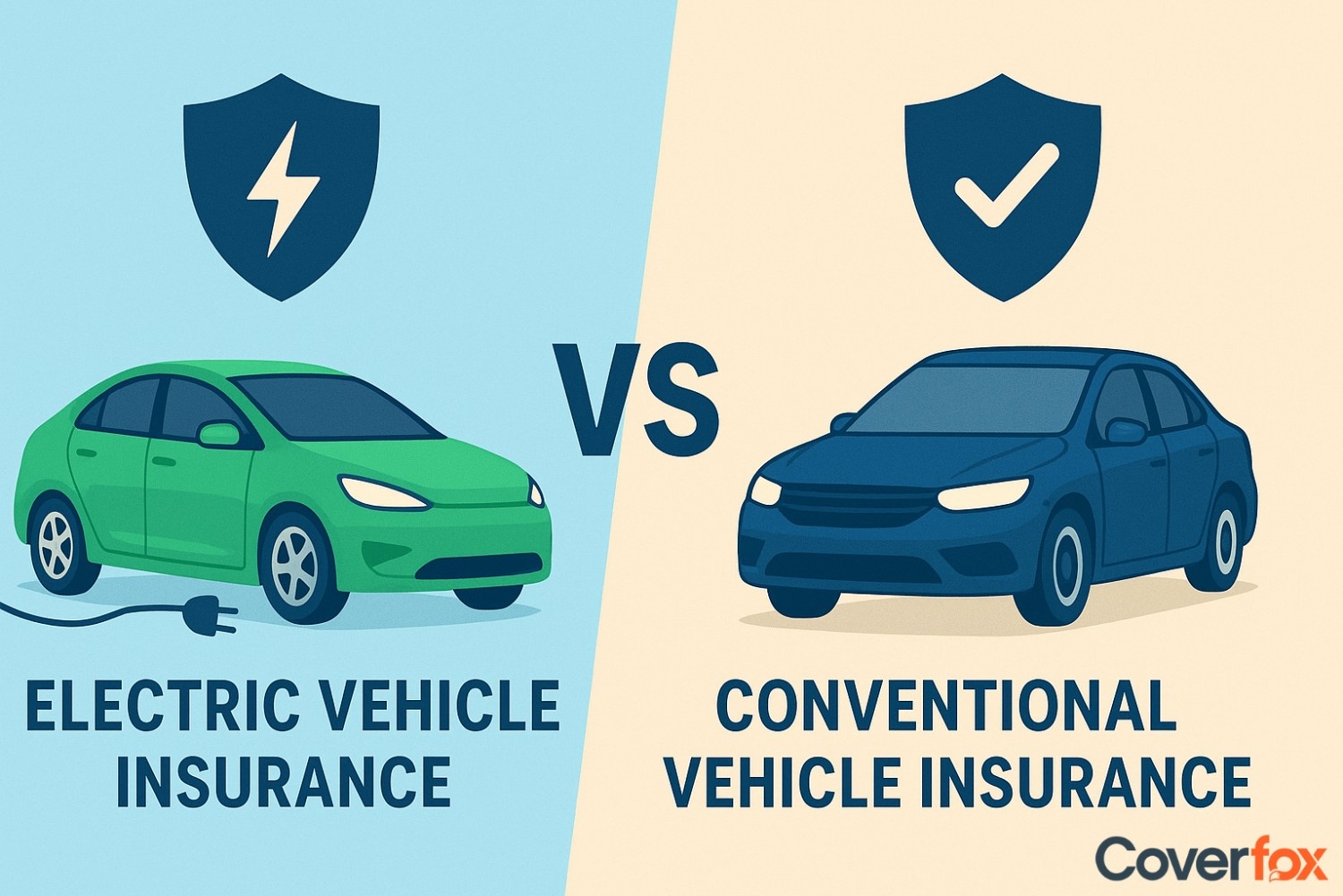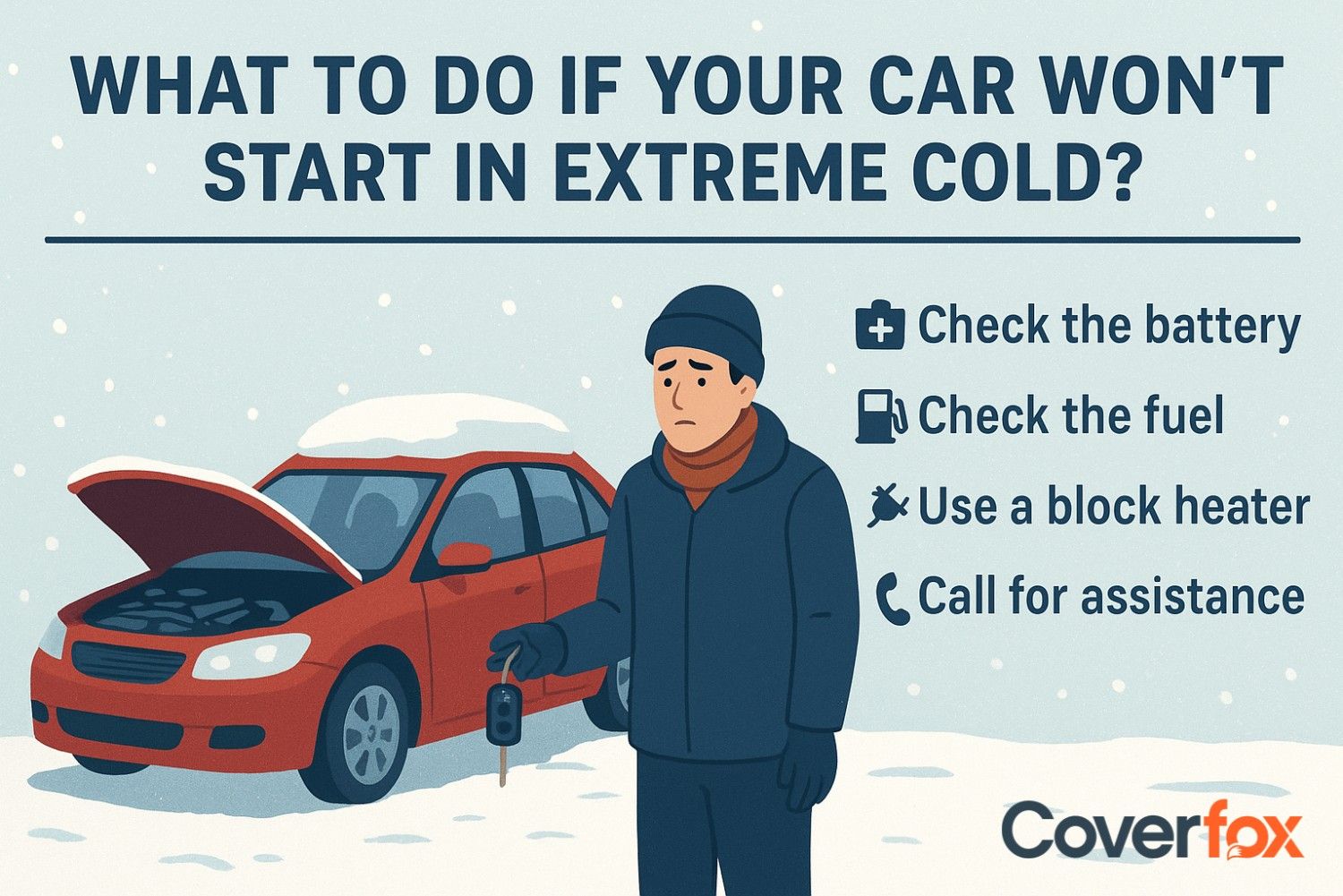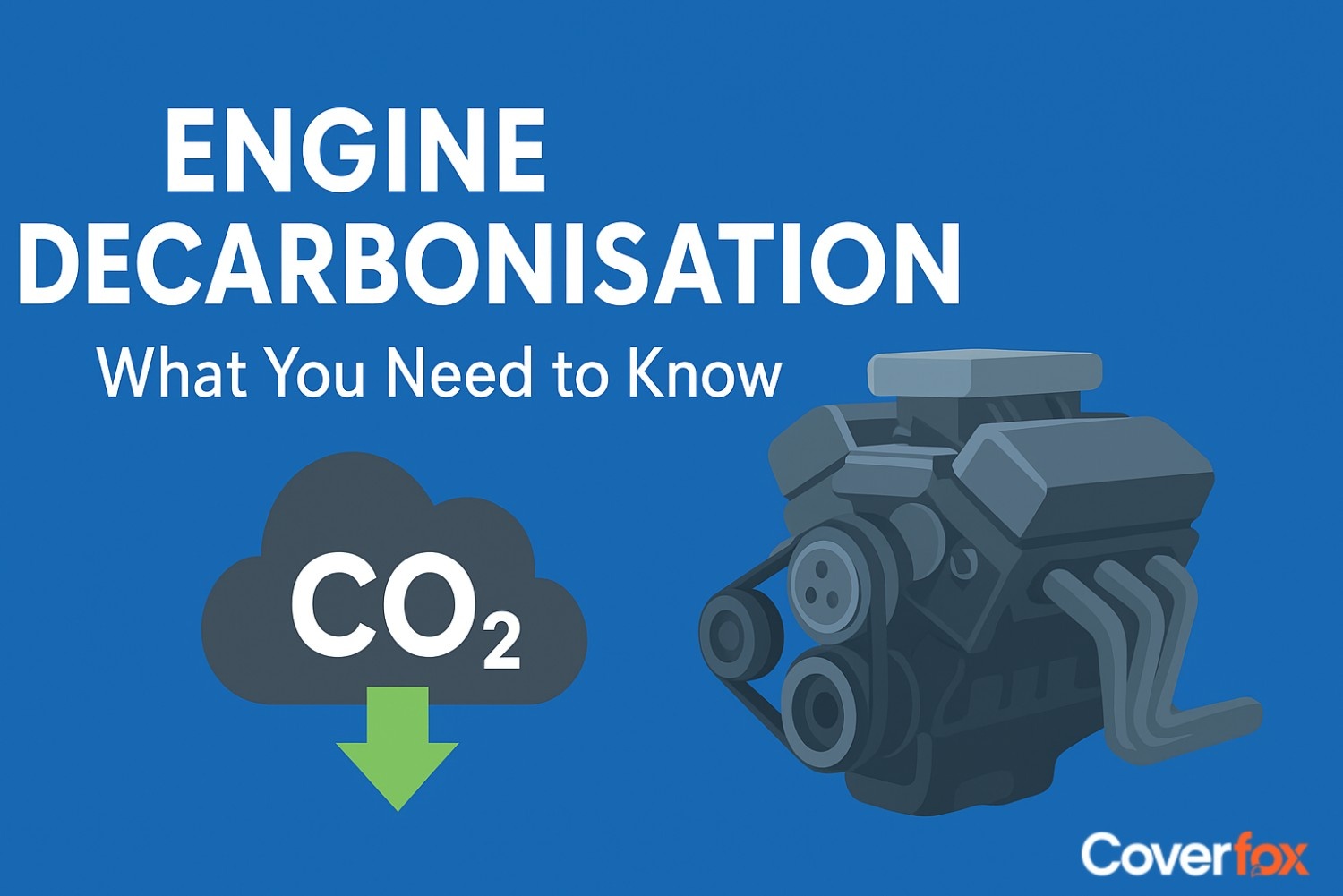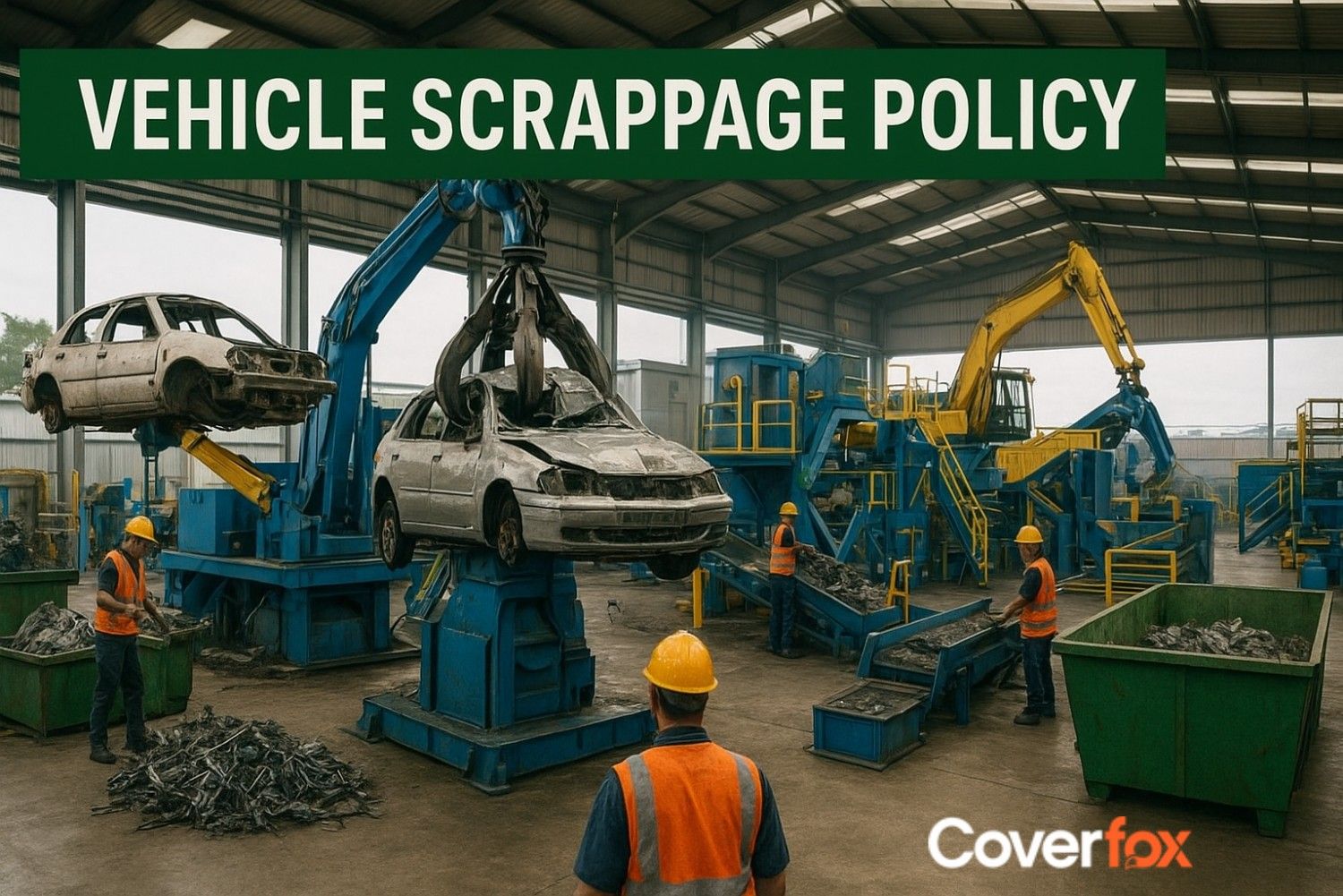As soon as you plan your long drive, it makes you happy to spend quality time enjoying nature and pleasant weather. But during monsoons, the only thing that holds your thoughts back is the fear of getting into any accidents or problems. Driving in the rain is not just about controlling the car, but also managing road mishaps that can lead to accidents or damage your car.
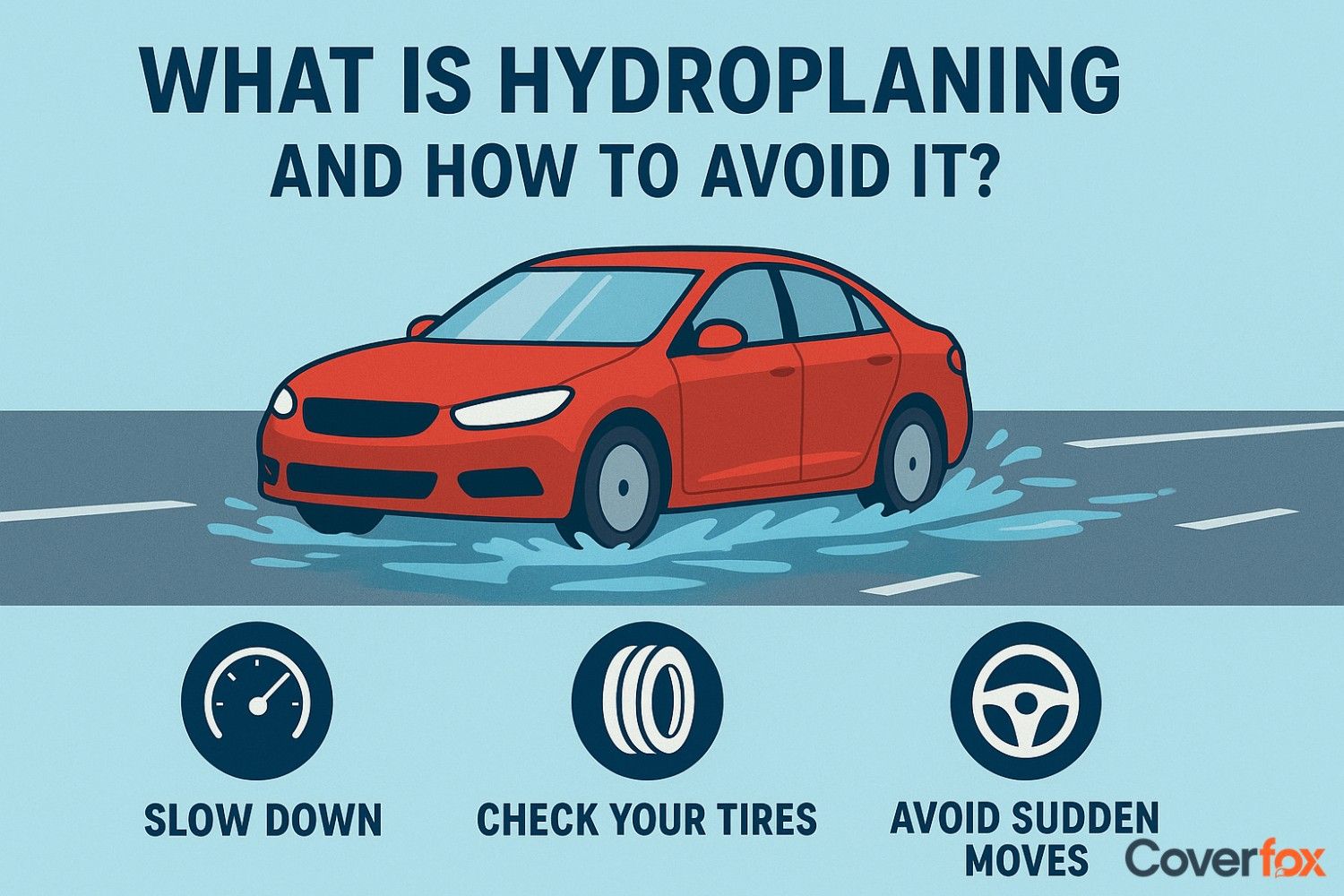
Even experienced drivers sometimes tend to lose control due to waterlogging or poorly maintained roads. Usually, drivers overlook hydroplaning, but it can turn wet and rainy roads into a serious threat. Hydroplaning may cause your car to lose traction or even skid off completely. To keep your car protected during such unexpected conditions, make sure that you have car insurance in place.
What Exactly Is Hydroplaning?
Hydroplaning occurs when a thin layer of water forms between the car tyre and the road, causing the tyres to lose traction. This generally happens when the tyres are worn out or at high speeds. In such cases, the tyre faces more water than it can disperse, which makes it ride above the road surface. As a result, steering, braking, and overall control of the vehicle is significantly reduced, and then it creates a serious hazard, especially during bad weather.
Common Causes of Hydroplaning
Hydroplaning can happen when you least expect it, especially during or after rain. Knowing what causes it can help you avoid dangerous situations on the road.
- If your tyres have little or no tread, then they can’t grip the road properly and reduce their ability to stay firm on the road.
- If you drive too fast, it holds back your tyres' ability to push water aside, and it further leads to skidding.
- Large amounts of water on the road can create a barrier between your tyres and the road surface, leading to accidents.
- Over-inflated and under-inflated tyres reduce the grip and stability of your car and ruin your driving performance.
- Roads with potholes, uneven surfaces, or poor drainage allow water to collect and increase the mishaps.
What Makes Hydroplaning So Dangerous?
Hydroplaning isn't just a minor skid; it can cause a complete loss of control within seconds. Here's why it's considered one of the most dangerous weather driving risks:
1. Loss of steering control
If your car’s tyres lose grip, it can't turn the wheel in any direction.
2. Reduced braking ability
The ability of the brakes reduces as your tyres float over water rather than gripping the road.
3. Unexpected skidding
Hydroplaning can cause your vehicle to drift sideways or spin, especially if you drive at high speeds.
4. Higher risk of collisions
The chances of hitting other vehicles, barriers, or going off-road increase due to a sudden loss of control.
What to Do If Your Car Hydroplanes?
Hydroplaning can be frightening, but staying calm and responding correctly can help you regain control safely. Here's what to do:
Stay calm
Ease off the accelerator.
Avoid braking suddenly
Steer gently
Wait for traction to return.
Keep cool and try to act practically by handling the situation smartly.
If the car hydroplanes, gently lift your foot off the gas to slow it down naturally.
If you apply the brakes suddenly, it can worsen the skid. Instead, let the car slow on its own.
If you need to steer, do so in the direction you want the car to go and avoid sharp or sudden movements.
As your tyres regain contact with the road, you’ll feel more control, and then you can adjust your speed and drive accordingly.
How to Avoid Hydroplaning?
Preventing hydroplaning is all about being cautious and prepared when driving in wet conditions. Here are some effective tips to stay safe:
Drive at a safe speed
Keep tyres in good condition
Avoid standing water
Don’t make sudden moves
Use proper type of tyres
Maintain a safe distance
Ensure to drive slowly and calmly, especially in bad weather, as it can increase the chances of skidding. Remember to control your speed as per the road conditions and visibility. The slower the speed, the more control you get over your car, and it can reduce the risk of skidding in slippery conditions.
Regularly check the depth of the tyre tread and maintain proper inflation. If the tyres are worn out or underinflated, it significantly reduces grip. Properly maintained tyres improve handling, braking, and overall safety for you as well as your vehicle.
Avoid driving through puddles and spots where water tends to gather. Deep water can cause hydroplaning, where the tyres lose traction with the road. Skipping these areas can help you maintain contact and prevent unexpected risk of skidding
Avoid applying sudden brakes or aggressive accelerating, and handle the turning gently to maintain proper traction on the road. Smooth and gradual inputs help the tyres grip better on wet surfaces. Sudden actions can easily lead to skidding or sliding, especially on slippery roads.
Consider all-season or rain-specific tyres for better grip in wet weather. These tyres are designed to channel water away and reduce the risk of hydroplaning. Investing in such tyres improves the overall stability and confidence during unexpected weather.
Maintain some space between your car and the vehicle ahead to allow more reaction time. Wet roads increase stopping distance, so a larger buffer is needed to avoid collisions. Maintaining a safe gap allows smoother braking in emergencies.
Final Words
Always drive attentively and keep tyres well-maintained and properly inflated. Avoid driving through puddles and poorly drained roads, and make smooth steering, braking, and accelerating motions. Maintain a safe distance from other vehicles, use rain-specific tyres for better grip, and stay calm if hydroplaning occurs to regain control safely. For added protection, car insurance is essential to safeguard your vehicle against unexpected accidents.
Explore More:
Essential Car Accessories for a Smooth Monsoon Drive
Motor Insurance Tips for Driving Through Waterlogged Roads
How to Transfer Your Car Insurance Policy: A Step-by-Step Guide
Frequently Asked Questions
What is the best way to stop hydroplaning?
Firstly, slow down off the accelerator, steer straight, and avoid sudden braking or turning.
What is the highest risk of hydroplaning?
Driving speedily on wet roads with damaged tyres increases the risk of hydroplaning.
What is the usual hydroplaning speed?
The speed of hydroplaning is around 55–65 km/h on wet roads.
Can tyres prevent hydroplaning?
Yes, high-quality tyres with proper tread depth and correct inflation reduce the risk of hydroplaning.
Can hydroplaning occur on any type of road?
Yes, usually it occurs on any type of road where water is accumulated, especially with smooth surfaces.
Are all tyres equally prone to hydroplaning?
No, worn-out, bald, or underinflated tyres are more likely to hydroplane than well-maintained or inflated ones.
